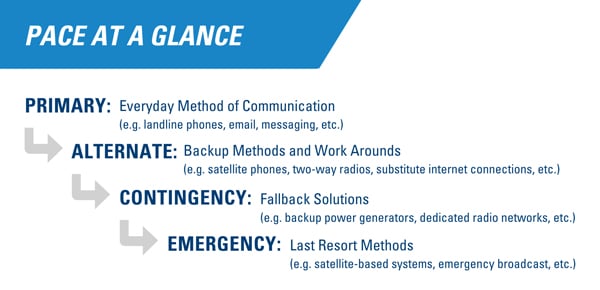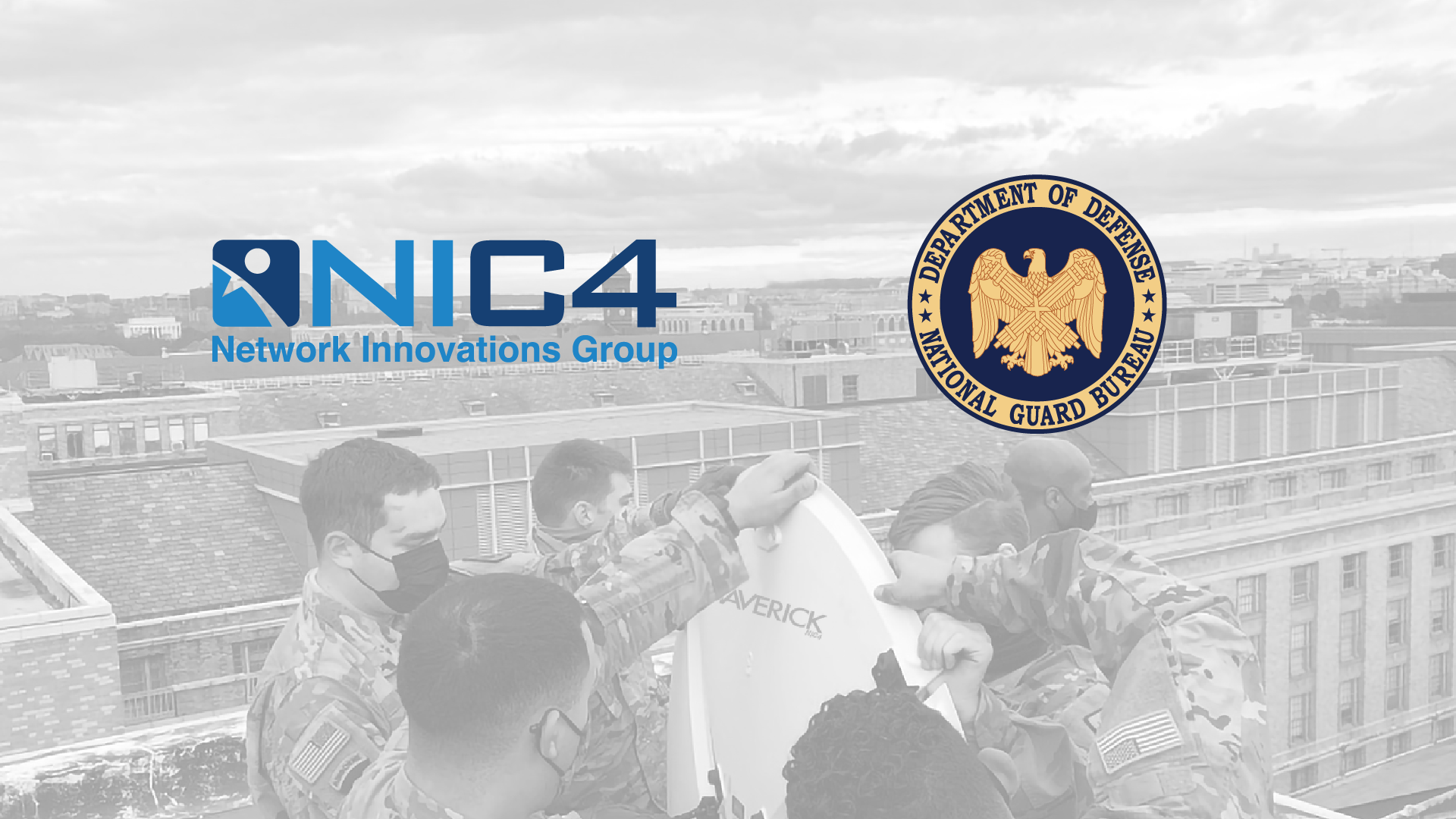Security & Policing 2025 Recap: Connectivity Insights from Farnborough, UK
In industries where every second counts, connectivity is an invisible force powering progress. In 2025, we're hitting the road to attend some...
We provide solutions to an array of industries.
Supporting your global communications
Connecting your clients no matter where
Network management and proactive monitoring
Tailored solutions from concept to delivery
Bespoke applications for optimal efficiency
Electrical, retrofits, installations and more
Technical Support
Supporting your global communication needs throughout your organization
On-Site Support
Supporting your global communication needs throughout your organization
2 min read
Network Innovations : Aug 3, 2023 6:00:00 AM

When evaluating your emergency communications plan, it’s crucial to ensure you have different levels of communication backups in place to account for all kinds of unpredictable events – whether arising from human activities or the forces of nature. As we find ourselves two months into the 2023 Atlantic hurricane season, we hope this post serves as a reminder to prioritize preparedness.
PACE (short for Primary, Alternate, Contingency, and Emergency) is a method to plan for reliable and redundant communications capabilities. While first created for defense applications by the U.S. military, PACE plans are becoming useful among other entities and organizations to help first responders, public safety agencies, enterprises, and local governments.
The purpose? To establish a structured framework that optimizes communication efforts in emergencies. It’s designed to provide backup and alternative connectivity options when primary means are compromised or unavailable, and ideally, each method will be completely independent of the other systems. In other words, PACE is your Plan A, B, C, and D.
Join us in taking a closer look at each stage of the PACE plan and consider examples of technologies that can complement them:
The primary stage of the PACE plan involves the use of the main communications system – one you would typically rely on under normal circumstances. This could include technologies such as landline phones, cellular networks, or internet-based tools like email, messaging, and Voice over IP (VoIP) services.
The alternate stage of PACE is implemented when your primary form of communication is unavailable. These methods may be less convenient for everyday use but are effective in ensuring 24/7 readiness. Examples of alternate technologies include having a backup two-way radio solution to include HF and/or conventional as a failover, satellite phones, or substitute internet connections such as mobile hotspots.
A hybrid solution offers valuable alternatives for communication, making it a good choice to explore. By implementing failover to satellite (i.e., VSAT), uninterrupted network connectivity can be ensured in the face of terrestrial-based outages.
The third level of PACE, contingency, is for when the alternate solution isn’t successful. It focuses on implementing additional backup technologies that are more robust and resilient. From backup power generators to dedicated backup radio networks, these solutions are implemented to ensure the continuous operation of connected systems.
It’s typically difficult for organizations to invest in this stage (and subsequently, the latter stage). This is often due to the cost, perceived unlikelihood of severe events, and limited resources. However, to ensure there is comprehensive investment and understanding in all stages, conducting risk assessments is key. This would help evaluate potential risks, and consequences, and allocate resources accordingly to establish a well-rounded emergency communications strategy.
Case in point: A large hospital recently inquired about installing multiple backup satellite phone lines to their telephone PBX system, enhancing resiliency. However, in the case that this new measure also encountered failures, it’s important to consider installing regular POTS phones (in-line) in their Emergency Operations Center (EOC). Covering all bases is crucial.
Emergency methods are usually a last resort when all of the above means fail – utilizing specialized emergency communications technologies designed for crisis situations. Solutions include satellite-based communication systems – such as Iridium phones, Iridium Certus for data, and Iridium PTT – emergency address broadcast systems, and even physical means of alert like loudspeakers or sirens to reach an audience quickly. Some even include the use of runners to pass messages should all else fail.

Hurricanes among other natural disasters are highly unpredictable. It’s difficult to anticipate their impact accurately. A well-executed plan allows for efficient communication between emergency responders, authorities, and affected communities. By implementing PACE, organizations can harness the power of agile and resilient connectivity solutions during a crisis.
Deciding on the right plan of action may initially seem like a challenging endeavor. However, you can take comfort in knowing that our team of experts is readily available to guide you through the process – offering end-to-end solutions to suit each stage of PACE. To learn more about emergency preparedness solutions, contact our team.

In industries where every second counts, connectivity is an invisible force powering progress. In 2025, we're hitting the road to attend some...

In industries where every second counts – from mining and energy to public safety – connectivity is an invisible force powering progress. In 2025,...

National Guard Bureau J63 Commercial Satellite Integrated Network (CSIN) II contract provides commercial satellite communications support to Joint...